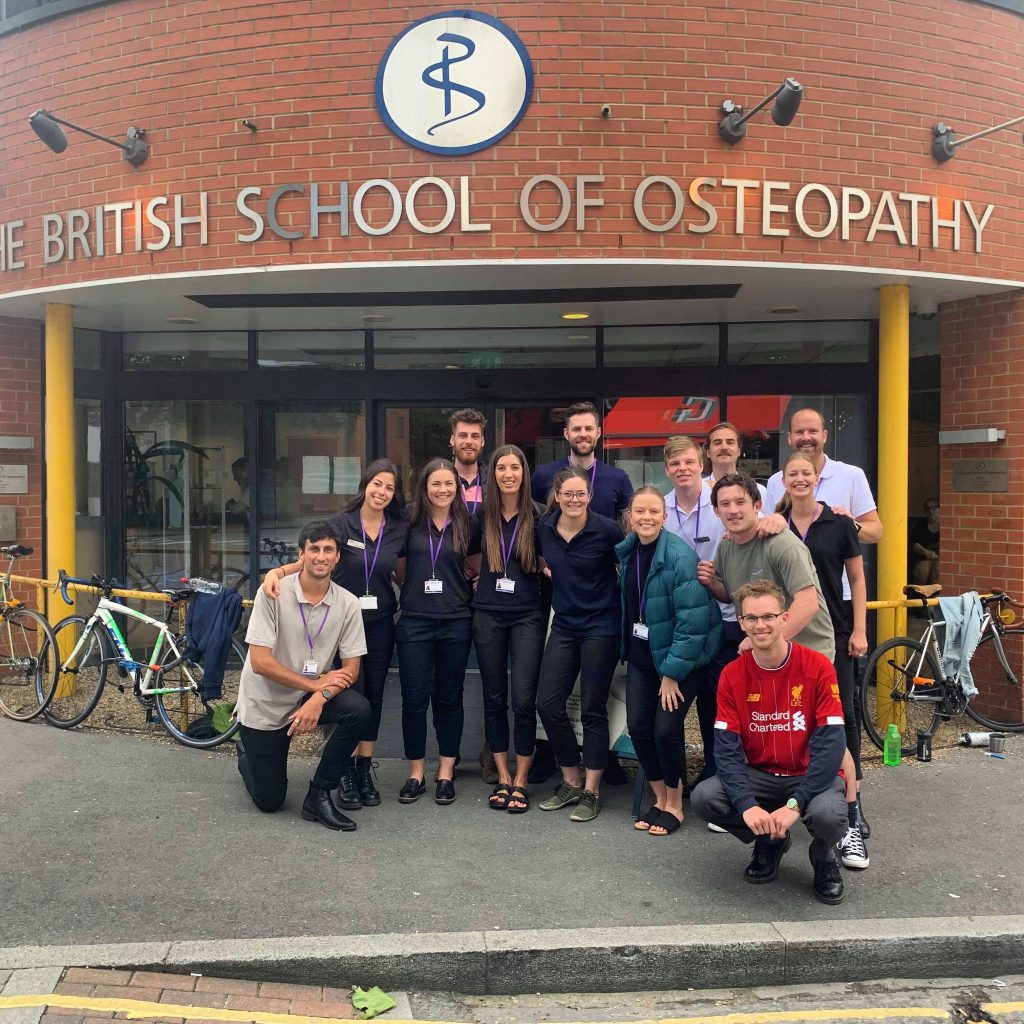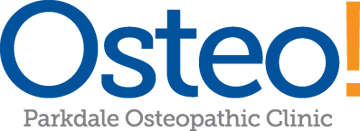Working in London
Our Intern Tayla recently completed an exchange program in London at the University College of Osteopathy (UCO). We asked her to share her experience of working in London with us
Securing UCO scholarship
Victoria University (VU) offers exchange programs to Milan, Mumbai and London. Immediately I was drawn to the London largely due to the history and reputation of Osteopathy within the UK. Aside from this, the prospect of working/living in London as an Osteopath was also exciting (not an idea favoured by my family and friends). The application process was fairly simple whereby an expression of interest was given, and date preferences specified. Ultimately 17 applicants were successful overall.
History of the UCO
The University College of Osteopathy (UCO), formally the British School of Osteopathy (BSO), has recently become an independent university. A major step forward for the profession in the UK and worldwide. There are also other schools within the UK that offer courses in Osteopathy.For those who love the royals, the UCO is endorsed by princess Anne (fun fact).
Osteopathy in the UK
The National Health Service (NHS) does not offer Osteopathy under it regime and therefore is similar to Australia and sourced through private practice. Physiotherapists are largely imbedded within the NHS but with a service that is overworked they’re commonly restricted to exercise prescription and little to no hands-on treatment. Unlike the UK, Australian patients can receive referrals to Osteopaths enabling more patient autonomy towards their healthcare and manual medicine.
UCO clinics
The main student clinic at UCO was impressive, not only in size (with 33 treatment rooms available) but also in process, working like a well-oiled machine. It had a likeness to private practice and gave us a taste of our future profession in the real world. Over the 4 weeks we worked 9am-6pm, 5 days a week observing our British colleagues when not treating. The only major difference from VU clinic was handwritten notes. At home everything is recorded digitally which has obvious perks. Conversely handwritten notes enforced time efficiency during consultations as well as accuracy and detail for future colleagues to read.
Patients
During the exchange I got to meet an array of patients from different demographics and age groups. In addition to the variety the main clinic exposed us to, external clinics allowed further exposure to populations otherwise not widely available to students at home. For example, one such clinic was dedicated to treatment and management of patients living with HIV. This entirely new experience was eye opening, not only academically but also emotionally. Now, I already knew that Osteopathy was a special profession, however, to witness and personally experience how it can help and improve the quality of life of people with chronic or even terminal conditions is motivating and above all inspiring. Another external clinic specialised in the treatment of children under the age of 5. VU is yet to offer such a clinic and so this was yet another new experience. I think this was the biggest learning aspect for me highlighting how Osteopathy may help infants and children. I observed treatment focused on the musculoskeletal components of upper and lower respiratory tract infections, otitis media, torticollis and cephalaplagia, all of which responded to appropriate treatment in conjunction with other mainstream medicine. Google some of those is you have to; I know I did.
External clinics aside, general clinic was not dissimilar to Australia in terms of typical musculoskeletal complaints. I saw patients with lower back pain, sore necks and shoulders from sitting at a desk all day, knee pain from a football (soccer) injury, osteoarthritis and headaches etc.
Often when treating, another student would be in the room contributing to the consultation, either from VU or UCO. By collaborating we were able to learn alternative approaches to treatment and more specifically different techniques. In Australia it is common for practitioners to use aids e.g. fisiocrem or sorbolene for certain soft tissue techniques; UCO did not. Initially I felt it limited the number of tools within my techniques belt, however it was a blessing in disguise as we were all forced to think of and utilise techniques we may have been less comfortable with. In comparison to the UCO, VU equips us with substantial knowledge regarding examinations, treatments and rehabilitation avenues for patients (not that I’m biased). Orthopaedic testing is learnt throughout the course as another may of piecing together the puzzle that is a patient’s presenting complaint. UCO students didn’t seem to have equal knowledge or exposure to this form of testing which I think benefits our Aussie patients and credits Aussie Osteopathy.




